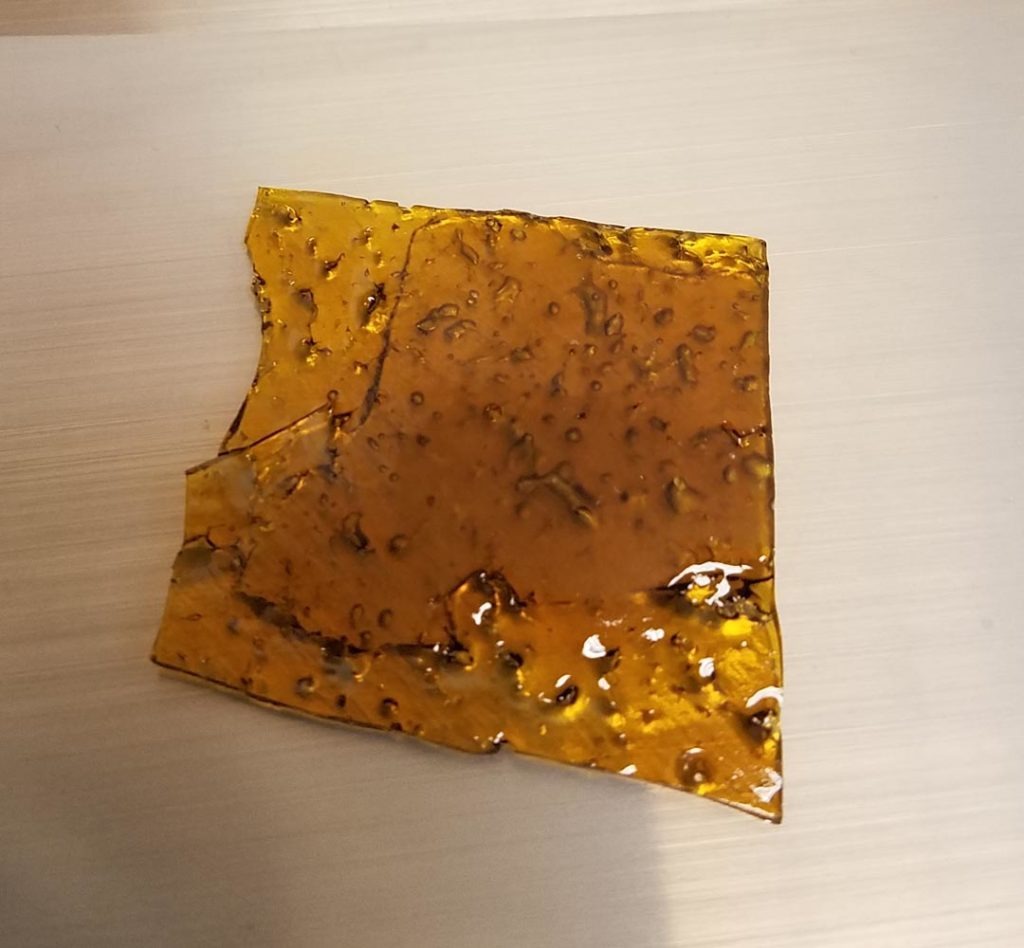By Keith Grevenitz
Hash
The cool thing about the cannabis industry is that we are watching it progress and develop in real-time. When legalization began in a few states in the form of medical marijuana, the hash frontier was still wide open, albeit very simple. Almost every method of extraction could be replicated at home; whether it be making bubble hash with bubble bags of increasing grit for bubble hash or open blasting with butane and a piece of PVC piping for BHO (butane hash oil). It is very fortunate that extraction technology has evolved so substantially that it has made open blasting at home obsolete. Many home hash makers suffered severe burns or even died from making hash that probably wouldn’t be deemed sellable in a contemporary dispensary. Good hash has always depended on great starting material and the tech used.
Shatter and Crumble
Hash is usually named after its physical form/texture and/or how it is made. Shatter and crumble used to be industry standards. Shatter would be extracted with butane or c02 solvent and then be poured onto parchment paper on a tray and placed into a vacuum oven. Crumble is basically hash oil that has been whipped and heated. These days, shatter and crumble are not as popular as some newer types of hash created with more advanced tech.
Sauce and Live Resin
Some of the newest and tastiest forms of hash can be found in the form of sauce or live resin. Most of the cannabis you’ve consumed in your life has been either dried and cured flower or some kind of hash derived from it. Live resin is a different story. With live resin,
the high-quality flower is harvested and frozen to prevent any loss of terpenes that you’d normally lose in the drying process. The solvent is run through the frozen buds and then the product is purged before being jarred. Jars are stored in temperature slightly higher than room temp and THCA crystallization begins. This is how diamonds (THCA crystals) are grown. THCA is converted to THC with heat.
Distillate
Distillate is named after its process of being distilled. Unlike live resin, distillate does not preserve terpenes but rather eradicates them completely. Distillate, an isolation of THC, also destroys the cannabinoidal profile of the starting material used to create it. As a result of this isolation, distillate touts the highest THC content of any hash. This is great, right? Well, it is and it isn’t. Distillate cartridges are a scourge to the modern connoisseur. The fact that these cartridges claim a strain is reprehensible. All the properties that make that strain unique have been destroyed in the distillation process. Terpenes are added to distillate carts in an attempt to give them flavor and a more optimal viscosity. Actual terpene profiles are too complex to replicate, so oftentimes these cartridges can taste artificial. Why would you want hash to not have a taste? Edibles. Distillate is for edibles.
Rosin/Live Rosin
Solventless hash is gaining popularity in the recreational states like California and Oregon where the industry standards are born. Hash made by using heat and pressure is called ‘rosin’. The most rudimentary form of this can be completed using some parchment paper and a hair flattening iron. Though any hash guy/gal will tell you, you should probably keep hash away from your hair at all costs. In the scheme of things buying a rosin press to make hash is a relatively cheap and effective solution. A nice unit for the home connoisseur can be purchased somewhere within the range of $500 and $1500. A rosin press operates best between 180 degrees and 240 degrees Fahrenheit. Rosin can be decarboxylated and used for edibles or cartridges. Lower temperature pressing will preserve more flavorful terpenes. By way of mechanical isolation, a press can even be used to isolate THCA!
Live rosin just may be the white whale of the industry right now. This is the hash snobs hash, make no mistake. Another solventless form of hash, live rosin is made by pressing bubble hash made from fresh frozen flower. Basically, you end up pressing the microscopic live trichomes into a delicacy of hash. Like with live resin, the fresh frozen flower preserves the most terpenes and makes for a magical end product.
Hash in Edibles
If you have access to hash, stop making edibles by decarbing flower or making a butter from flower. Hash is already a concentrate and like flower, it can be decarboxylated with heat to convert the THCA into the active form of THC. As suggested earlier, distillate is great for edibles because it doesn’t have a discernible flavor profile. Raw distillate tends to be around 95% THC. So here is a little math. 1 gram is 1000 milligrams, right? So if your distillate is 95% THC and you have one gram (1000mg) of it, you have roughly 950 milligrams of thc. In this example of distillate, you could make 95 portions of 10mg of THC if you wanted. Imagine that…with one gram of distillate, you can make 95 10mg cookies! Time to get baking.

About the writer:
Keith Grevenitz graduated with bachelor’s degrees in Creative Writing and English from the University of Arizona. He is a liberal, an activist, and a knowledgeable cannabis guru who formerly worked in marketing and compassionate care. Currently, Keith is venturing into a harm reduction alcohol startup that hopes to prevent liver damage, hangovers, and other harmful effects of alcohol consumption. Interests include playing blues guitar, collecting and appreciating art, psychedelic research/legalization, the science of cannabis, and the fight for equity and justice for all mankind.


